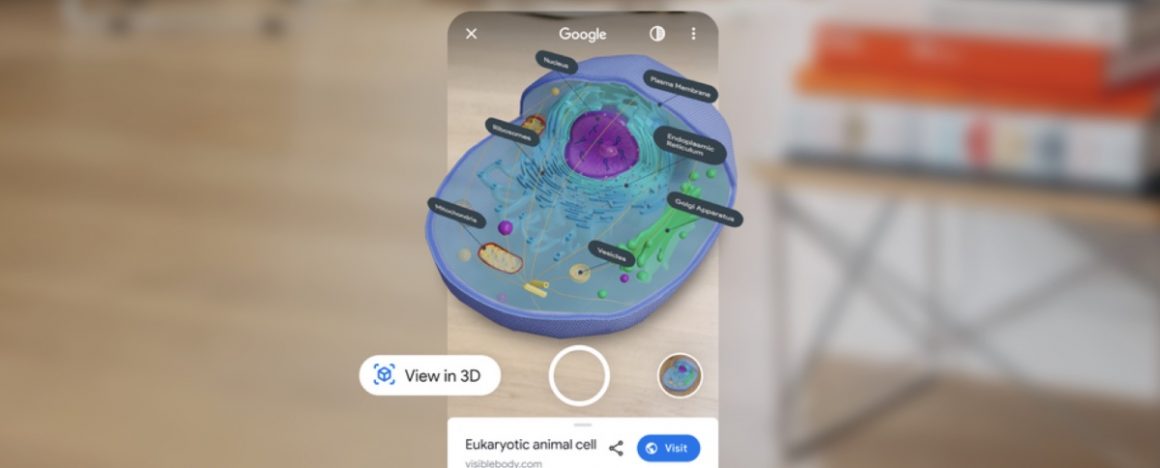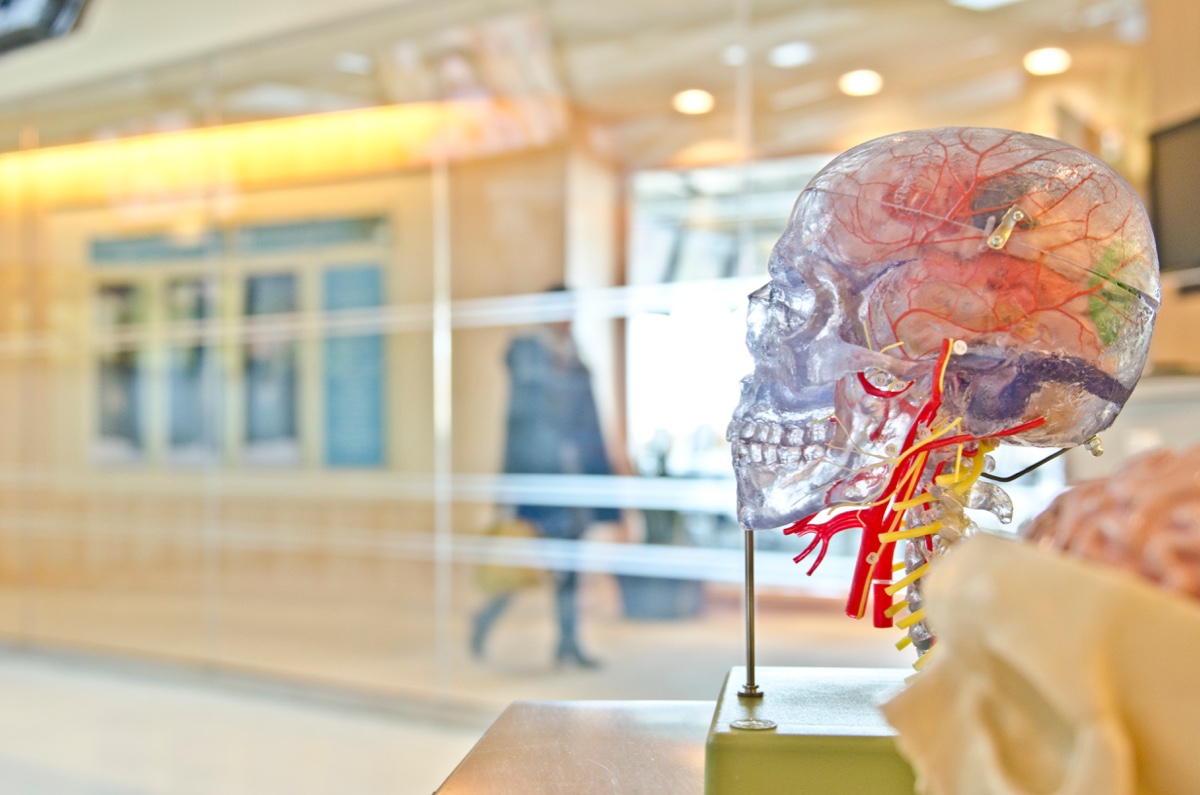
The world’s most undoubtedly famous search engine, Google, just added a new interactive 3D feature to it’s Google Search. The new 3D search feature will help people of all ages to learn and explore things like anatomy, physiology, and biology, from just their living room.
The Google 3D/ Augmented Reality search allows for people to learn about key concepts in a fresh and modern way. The 3D content includes full annotations and detailed views, as well as new features like “carousel”. The new carousel feature can allow users to swipe between featured content as well as the ability to record and share videos of 3D content in their own space.

Some of the key search terms that are recommended to search when using the Google 3D feature include; The muscular system, The circulatory system, animal cells, plant cells, The skeletal system, and mitochondria. There is also an extensive range of animals that can be readily available to view in 3D/ AR, some of the animals including the; tiger, shetland pony, sea turtle, great white shark, labrador, eagle, brown bear and python.
This feature is a great tool for all ages, as it can help young school students identify and interact with the content they are learning at school such as, animal species and the human body. It is also excellent for studying high school students that are learning about topics like physiology and biology, this Google search feature is far more advanced than just a sketch of the human body in a text book… Needless to say, the new 3D search feature is suitable for anyone, whether a student or an ex student, it is simply an interesting and innovative feature that can change the way we learn, for the better.

Google has partnered with a variety of different institutes to help with the education and understanding of different topics and subjects including the human body, cellular science, space and history.
Google has partnered with Visible Body to create AR models of animal, plant and bacteria cells, including some of their key organelles. Users can search for an animal cell and zoom into its nucleus to see how it stores DNA, or search for mitochondria to learn what is inside it. People can also get up close and personal with 3D human body organs, due to Google’s partnership with BioDigital. Users can explore 11 human body systems, including the circulatory system and skeletal system, view them in 3D and can even view life-size images of the organs and systems themselves.

Google search users can also turn their homes into virtual museums thanks to Google Arts & Culture, and the world-famous Smithsonian National Air and Space Museum. Users can view the Apollo 11 on their phone to see its command module in 3D, or look up Neil Armstrong to get a life-size view of his very own spacesuit, or even step inside the Chauvet Cave to get a closer look at some of the world’s oldest and most ancient known cave paintings, which are usually closed off to the public.
How to access the Google 3D content:
- Type the human system, microscopic structure, or animal of your choice into Google Search and then scroll to the knowledge panel.
- Tap the “View in 3D” button and you will get a 3D animation of the system, structure, or animal of your choice in your space.
- You can then walk around your space and look at the 3D object from different 360 degree angles.
- (Pro tip): If you turn up the sound on your phone, you can actually hear the distinct noises of the animal you have Google searched.

The future of learning has indefinitely been changed for the better with the new Google 3D/ Augmented Reality search, as the possibilities are truly endless. With the current epidemic situation and homeschooling across the world, this can be a great search tool to use with children that are students! From learning about the human body, its organs and systems, to 3D visuals of exotic animals, to plant cells, and to checking out the Apollo 11 or some of the oldest cave paintings in the world, your imagination can really run wild! Go and explore the best of what the world has to offer in the realms of science and history with Google 3D.










